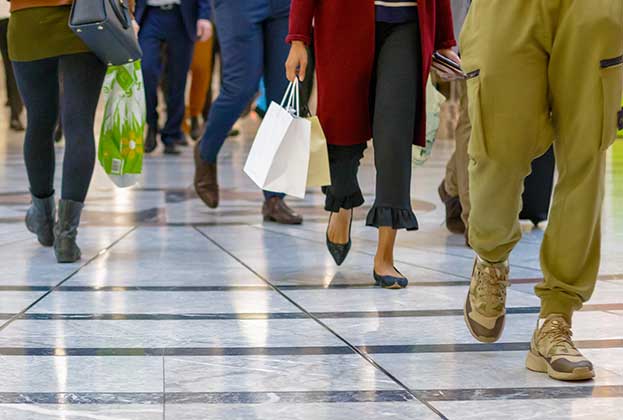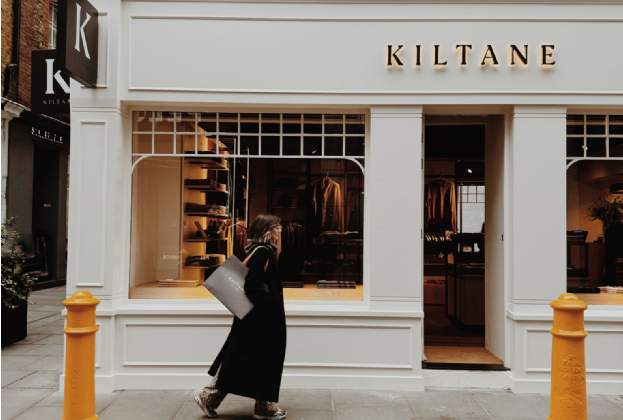The Mayor of London, Sadiq Khan, recently announced that Oxford Street will be pedestrianised by 2020 as part of his efforts to reduce air pollution in the capital. While cars are already not permitted to access most of Oxford Street on weekdays, the route remains heavily used by buses and taxis. For shoppers and local office workers the plans for a vehicle-free and therefore less overcrowded Oxford Street will no doubt come as a relief, but what does the change – covering a 1.2 mile stretch from Tottenham Court Road to Bond Street tube station – mean for retailers?
While it is difficult to quantify the exact economic benefits, logic implies that a pedestrianised Oxford Street would increase average footfall, dwell time and ultimately retail spend. Academic literature using past pedestrianisation and public realm projects estimates an uplift in footfall in the region of 32 per cent and a 17 per cent increase in retail sales.
Before Sadiq Khan’s announcement, we were anticipating a footfall increase of 17 per cent across Oxford Street over the next four years, based on work by the New West End Company. If pedestrianisation plans go ahead, this could increase to 22 per cent, taking annual footfall to an incredible 280 million.
Careful consideration would need to be given to the impact on the main arterial routes linking areas to the north and south of Oxford Street, but ultimately more footfall should translate into enhanced retail spend. The New West End Company was already forecasting a 27.8 per cent increase in sales within the West End by 2020 due to the arrival of Crossrail. With the pedestrianisation of Oxford Street, this could be as much as a 38.7 per cent increase.
However, realising this level of increased spend will be partly dependent on how the UK economy and consumer confidence reacts to the UK’s decision to leave the European Union. On the plus side, considering sales and spend in the West End are largely linked to international visitors, it is likely to be fairly insulated from any potential softening in UK consumer demand. The increases in average dwell time and retail spend linked to pedestrianisation and Crossrail will in turn attract new retailers to Oxford Street and prompt existing retailers to take additional stores. Consequently, this will generate rental uplift and also drive an improved retail and leisure offer in the surrounding side streets.
While the food offer in side streets has improved recently, it still lags behind similar areas in other European cities. Pedestrianisation would allow this to flourish, creating additional space for outdoor café seating and al fresco dining.
Opinion on Sadiq Khan’s plans for pedestrianisation have been mixed. There are certainly obstacles to overcome, not least considering a viable solution for adapting bus routes which does not simply divert them into side streets and create new pressures there. This has long been a key concern in potential pedestrianisation plans. However, TFL now estimates that up to 40% of buses on Oxford Street could see their route adapted without impacting on side streets and this is a real breakthrough.
Overall the initiative will help Oxford Street to ‘catch-up’ with Regent Street, which has benefited significantly from The Crown Estate’s investment into the public realm, and further enhance Oxford Street’s position as one of the premier shopping destinations in London and indeed the world.
Further information
Read more: Central London Retail
.jpg)
.jpg)







.jpg)
